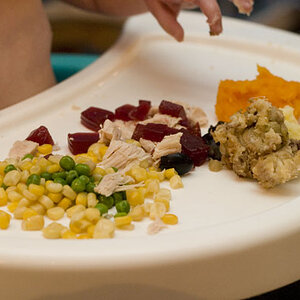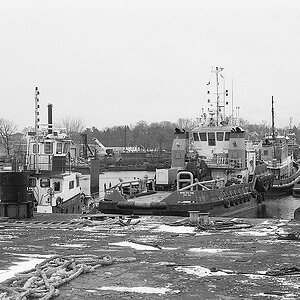SofieWagner
TPF Noob!
- Joined
- Jan 14, 2019
- Messages
- 7
- Reaction score
- 1
- Can others edit my Photos
- Photos OK to edit
Hi! I just started trying out water drop photography but I have a problem getting the entire drop in focus. I use a pen at the centre of the water drop to set my manual focus but the edges of the droplet gets blurry. And to top it of the image gets really grainy.
See attached image!
Im using a Canon EOS 550d, Tamron SP 90mm F/2.8 Di 1:1 Macro.
The picture is taken with: ISO400, f9/0.
What f-stop do you recommend to get a sharp droplet and what can I do about the grain? Do I need more light(flashes) and lower ISO or is it my camera that is old and needs to be replaced?
Thanks,
Sofie
See attached image!
Im using a Canon EOS 550d, Tamron SP 90mm F/2.8 Di 1:1 Macro.
The picture is taken with: ISO400, f9/0.
What f-stop do you recommend to get a sharp droplet and what can I do about the grain? Do I need more light(flashes) and lower ISO or is it my camera that is old and needs to be replaced?
Thanks,
Sofie


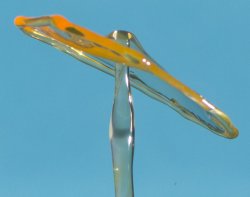
![[No title]](/data/xfmg/thumbnail/37/37113-886cb28b1e3fb197bdd00a9148269407.jpg?1619737882)
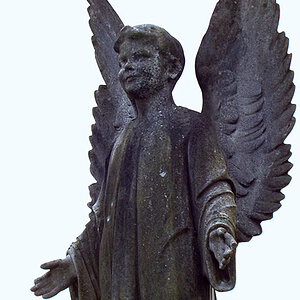
![[No title]](/data/xfmg/thumbnail/32/32704-68982e06c91b163f96186a4eb21d742f.jpg?1619735607)
![[No title]](/data/xfmg/thumbnail/38/38262-10a9668da9a2b36a92cddde57caf87bc.jpg?1619738547)
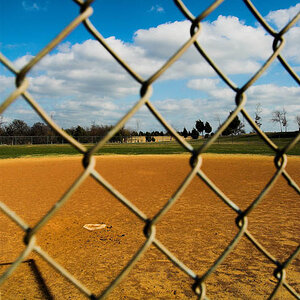
![[No title]](/data/xfmg/thumbnail/32/32180-aee1597d1cfb87ae220637f19420b65b.jpg?1619735235)
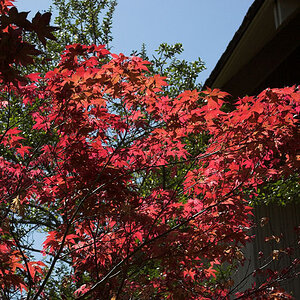
![[No title]](/data/xfmg/thumbnail/37/37114-2bba6b6cc4df1fe53588503fb35af8dd.jpg?1619737883)
![[No title]](/data/xfmg/thumbnail/32/32700-18534997be82e5150c566a9e67a00471.jpg?1619735602)
